Starting your own hybrid tree farm can be a lucrative and sustainable venture, America alone holds around 70 million acres of land in certified tree farms.
In fact, that is around 14% of all commercial forest land in the country, which means it is still enough available for you to start your own.
The objective of this guide is to review how to set up an efficient tree farm, using hybrid tree species to maximize production and profits.
What are Hybrid trees?
They are crosses between two species of trees, the new species keep the best qualities of both. Hybrid trees have been known for their fast growth rates and resilience to disease, making them great choices for tree farming.
Fact is, plenty has changed since the early days of tree farming. This guide will explain everything you need to know o
Starting a Tree Farm
Now before we get started, a good idea would be to plan ahead, considering this a business and any good business has a thorough and detailed plan.
These are the questions you need to consider first before you choose what trees to plant.
- Is local climate important to tree farming?
- What time of year is the best to start a tree farm?
- What types of soil do you have on your land?
- What are your best choices of hybrid trees?
- How many acres do you need to start a tree farm?
- How do you prepare the land before planting trees?
- Do you have the proper equipment?
- How do you properly plant tree seedlings?
- What are the growth stages and how do you properly care for each?
- What choices do we have for damage prevention?
- How do you identify pests and disease?
- What are the benefits of mixing tree species?
- What is the wildlife value provided by the trees on your farm or property?
- How much money do you need to start a tree farm?
- How long does it take to make a profit?
- What’s the process of selling trees?
- What kind of legislation is required for tree farms?
In this ultimate guide, you can expect to find all the proper and up to date information on the factors mentioned above.
Introduction
Trees are one of the world’s greatest natural resources, nobody can imagine a world without trees. But did you now they can be turned into a great business too?
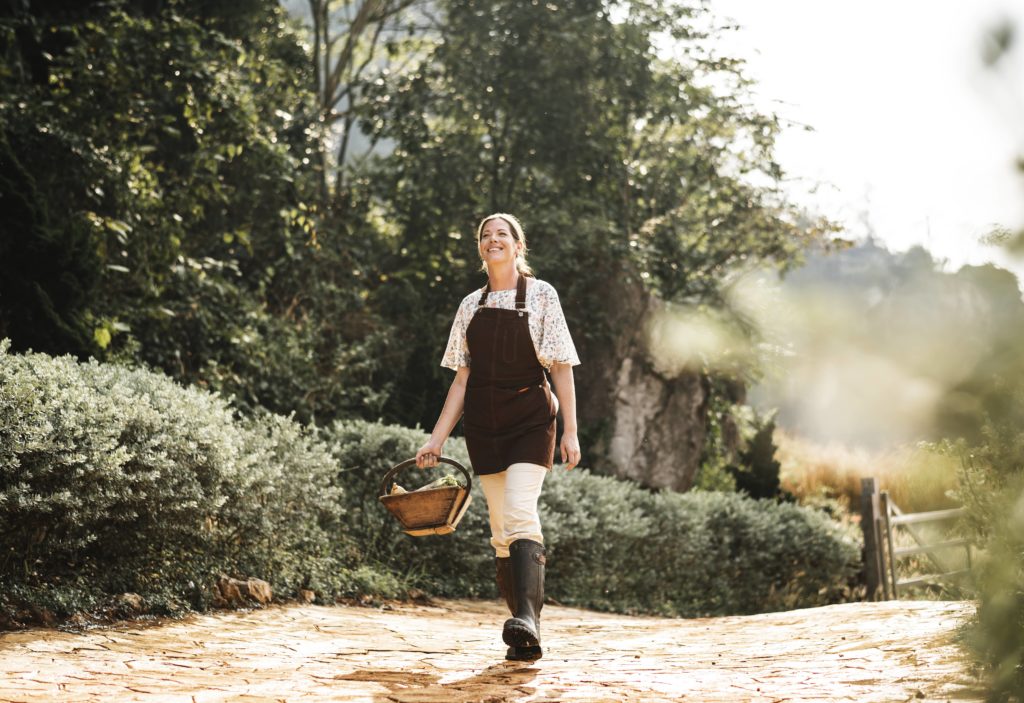
Tree farming is beneficial to nature and to the farmer. In North America, however, tree farming requires skills and knowledge relevant to tree farming. Knowledge and skills in this type of farming revolve around knowing the type of soil that is suitable for your trees, planting the seeds successfully, and knowing the farming practices that will ensure proper growth of trees.
The planted seeds grow in real time through different growth stages. The growth stages require a special type of care and it is upon the farmer to know how to go about it.
The health of the trees is one major concern of a tree farmer. Trees may get affected by diseases and they could end up dying if they are not treated.
Success in tree farming depends on your knowledge of tree farming practices.
In this guide, you will learn how to go about tree farming in a proper manner to ensure that you achieve your desired success. Keep reading to find out more.
What are Climate Zones? Are They Important to Tree Farming?
Being aware of your local climate is an important factor in choosing your trees. Climate zones tell you what the temperature range is in your area, from the coolest time of year to the warmest.
Some trees will grow in some areas and won’t in others. Being informed about what the best climate is for your tree is crucial to maximizing your productivity.
You need to be looking at the temperature range of your area.
Which zone are you in?
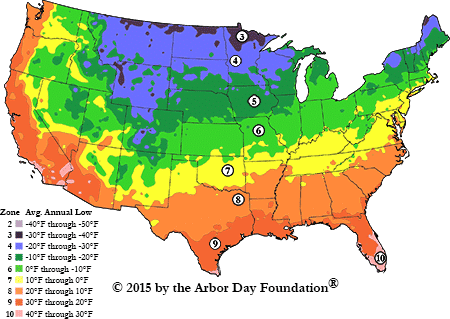
P.S. If you are outside of the U.S, a quick google search for “what climate zones are in my country?” will show you the climate zone you are in.
Tip: The beauty of hybrid trees is that the range of temperatures in which they can grow is a lot wider than our regular tree counterparts.
What Time of the Year is Best to Start a Tree Farm?
The best time to start a tree farm was 10 or 20 years ago. The second best time is now. You can start your tree farm, during the planting season, when it is not too cold nor too hot.
The warm months are the best time for starting your tree farm. During this time your tree seedlings will have enough water and other relevant aspects that support plant growth.
Moving on: Here you can see the types of soils you’re likely to have on your land. Identifying what soil type you have is important when picking what kind of tree you will grow.
What are the Types of Soil?
The soil is another world’s great natural resource and is categorized into different soil types. Each type of soil has distinct characteristics that have offer benefits and limitations to the growth of various plants like trees.
In farming, it is always important to identify the type of soil in your land before you even start planting your seeds. Majority of times, people fail in farming due to planting certain types of plants in the wrong type of soil. The right soil that is required for a particular type of plant will support the healthy growth of plant life.
Let’s get to know the different soil types.
Sandy Soil
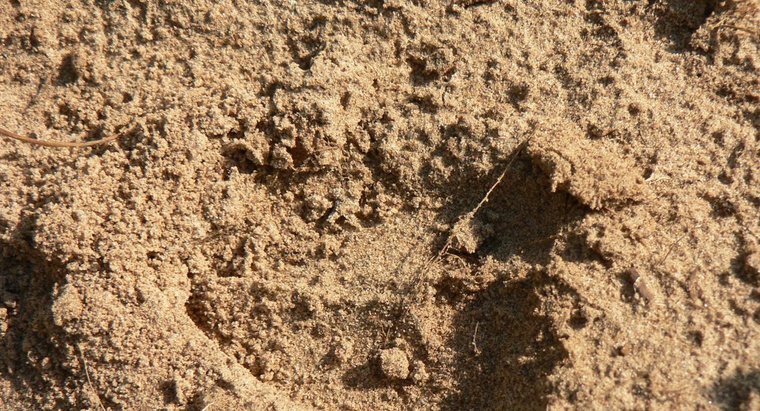
Sandy soil has the largest particles among all the other types of soil. It is light, warm and dry. Oftentimes, it is acidic and has low levels of nutrients. Sandy soil is gritty to the touch, and its large particles which have large spaces between them makes the soil unable to hold on to water.
Sandy soil water drainage is so rapid such that the water can get to places where the plant roots cannot reach easily. It is difficult for the plant to efficiently utilize the nutrients in this type of soil because they get washed away the runoff.
However, sandy soil is quick and easy to work with in spring than clay soils. It warms much more quickly during spring.
Addition of organic matter can help boost the nutrients as well as improve the nutrient and water holding
Silt Soil
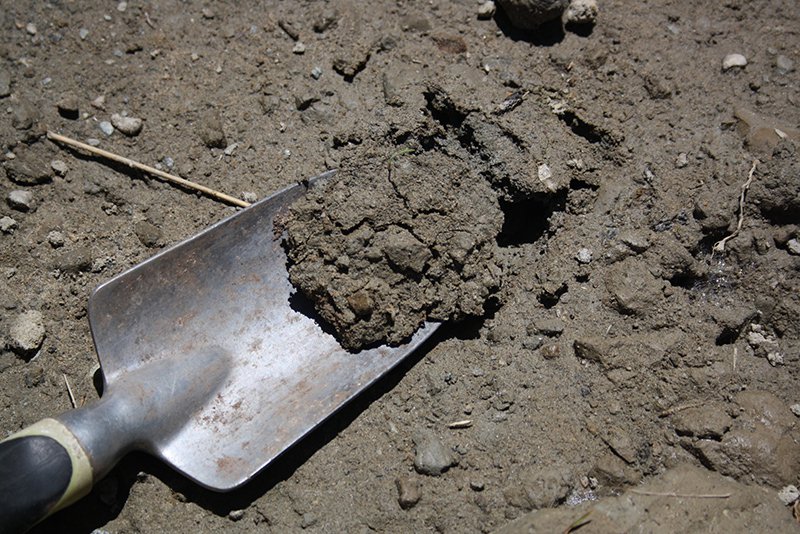
Silt soil is smooth to touch and has smaller particles that sandy soil which gives it the ability to retain moisture. The type of soil is drained and holds moisture well. Silt soil is fairly fertile and is prone to washing away due to its fine particles. The addition of organic matter can help bound medium-sized particles together into more stable clumps.
Clay Soil
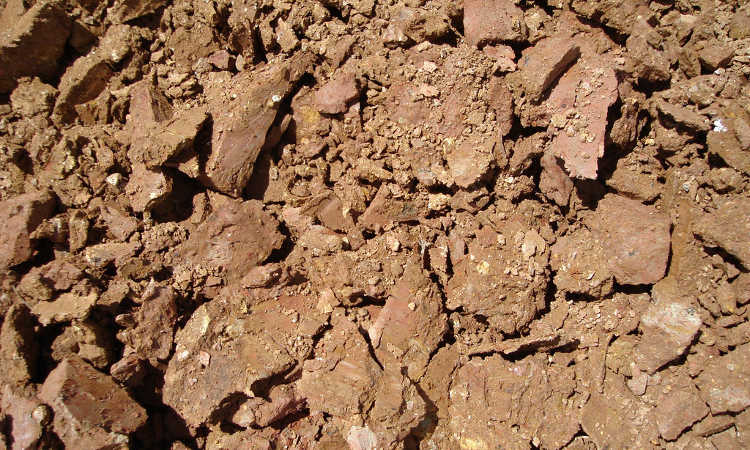
Clay soil has very small particles which allow it to hold more water for longer periods. The soil remains wet and cold in winter but dries out in summer. It is sticky to touch when wet, but smooth when dry.
The tiny particles of clay soil tend to bound to each other leaving very small spaces for air and water to pass through. Therefore, the drainage is much slower. Clay soil holds plenty of nutrients which promote better growth of plants.
In the spring, clay soil takes a longer time to warm up because the water held within has to warm up too. In the summer, it dries out and cracks, thus making it hard to work with. Working with clay when it is too wet is not recommended because, during the dry months, it could dry out making it prone to damage.
Clay soil, when moistened tends to feel sticky and rolls up easily into a ball or a sausage-like shape.
Peat Soil
Peat soil contains high organic matter and retains a lot of water. It appears to be black or dark brown in colour. Peat soil is a rare type of soil and most of the times it is imported into gardens by farmers to provide better growth for plants.
This soil has the ability to retain water in the dry season and also protect plant roots from damage during very wet months. Peat soil is a good growing medium, however, it contains some acidic water which is used by farmers to control the pH levels as well as act as an agent of disease control in the soil.
It is easy to identify peat soil. When you pick and roll it, it doesn’t form a ball but rather feels spongy to the touch.
Saline Soil
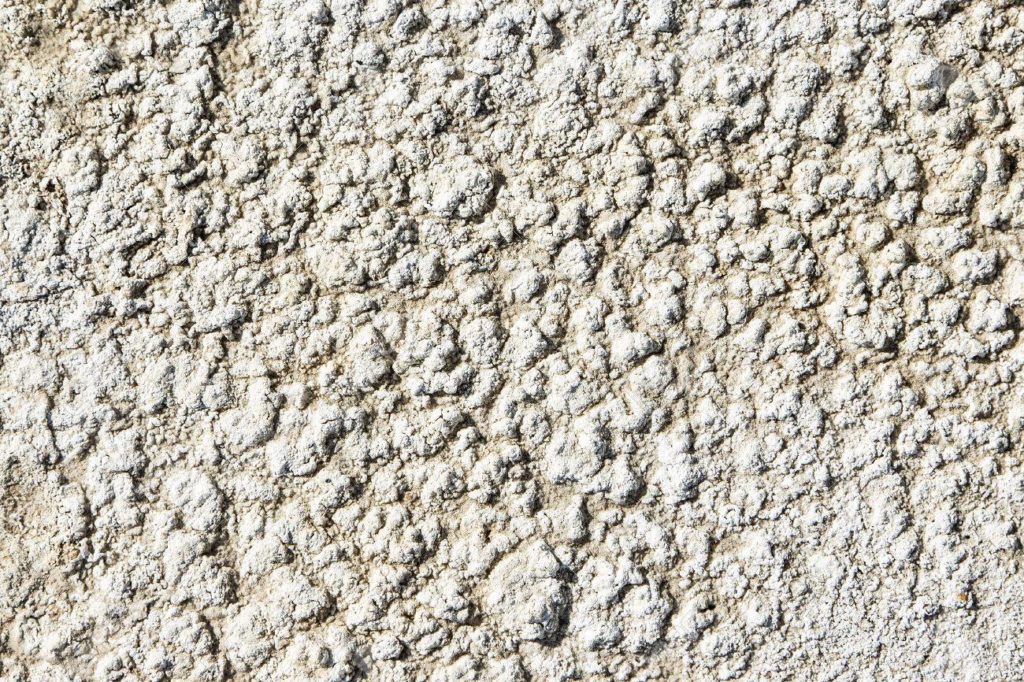
Saline soil contains a high level of salt content which can impede germination and cause damage to plant growth. The salinity is caused by the accumulation of soluble salts which in high contents stall water uptake by plants.
To know if you have saline soil in your garden, you need to observe the surface of the soil and the health of your plants. If the surface appears to have a white layer and the growth of your plants is poor such that the leaves appear to be suffering from leaf tip burn, then you have saline soil in your garden.
Loam Soil
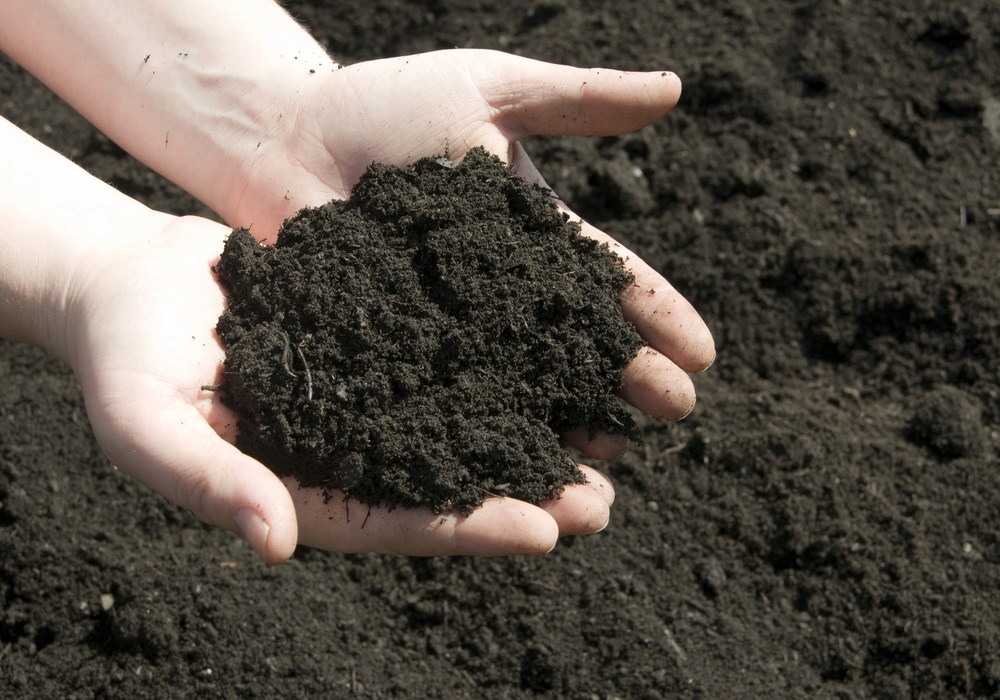
This is the ideal soil type for proper growth of plants. This soil is loved by all types of farmers, we all want it on our farms. Loam soil is actually a combination of sand, silt and clay soils, a combination that provides a perfect balance of coil particles.
Loam soil is fertile and provides good drainage. It is easy to work with too. Loam soil can be either sandy loam or clay loam depending on the predominant component in the combination. The nutrients drain very well and it is always well –aerated.
To test if you have loam soil in your garden, pick moistened soil, if it feels smooth, fairly gritty and fairly sticky and crumbles easily, then you have loam soil.
There are times you may not have ideal soil for planting your particular seeds, but this is not something that should make you despair. There are numerous ways that can be used to condition your soil such as adding important soil inoculants and using compost on your soil.
What are The Best Types of Hybrid Trees?
Hybrid Poplar
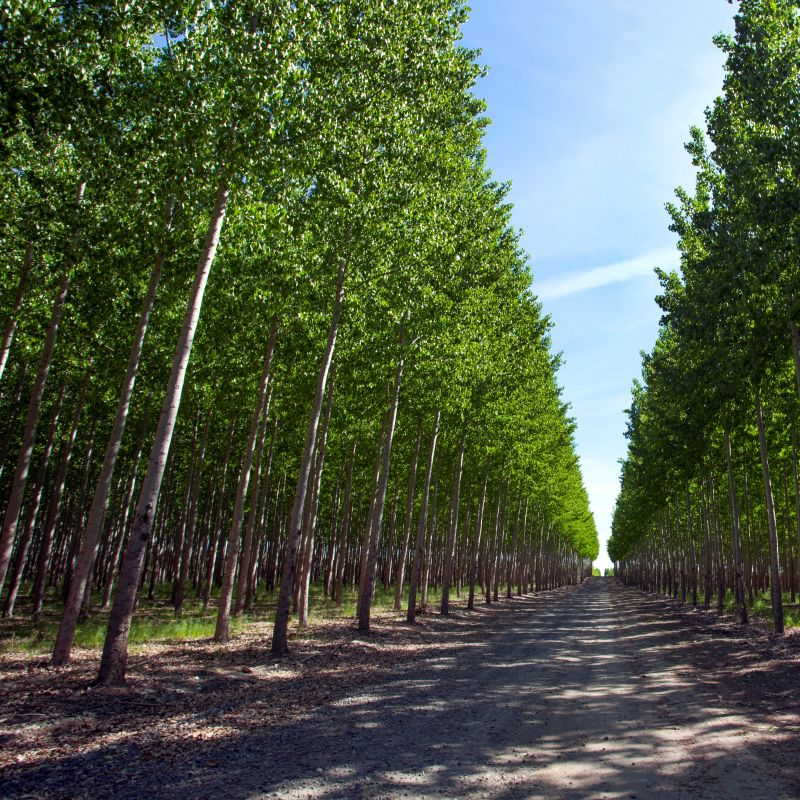
This hybrid variety not only offers superior growth than it’s non-hybrid parent, but it also has increased resistance to pest and diseases. You want to grow it in acidic, alkaline and wet soils. Generally, you will need at least 400 mm (15.75 inches) of rainfall annually to maximize growth. Anything under 375 mm (14.76 inches) will considerably restrict growth. Hybrid Poplar can be expected to grow in climate zones 3-9 and you can see growth rates of 5-8 feet per year.
Hybrid Oak
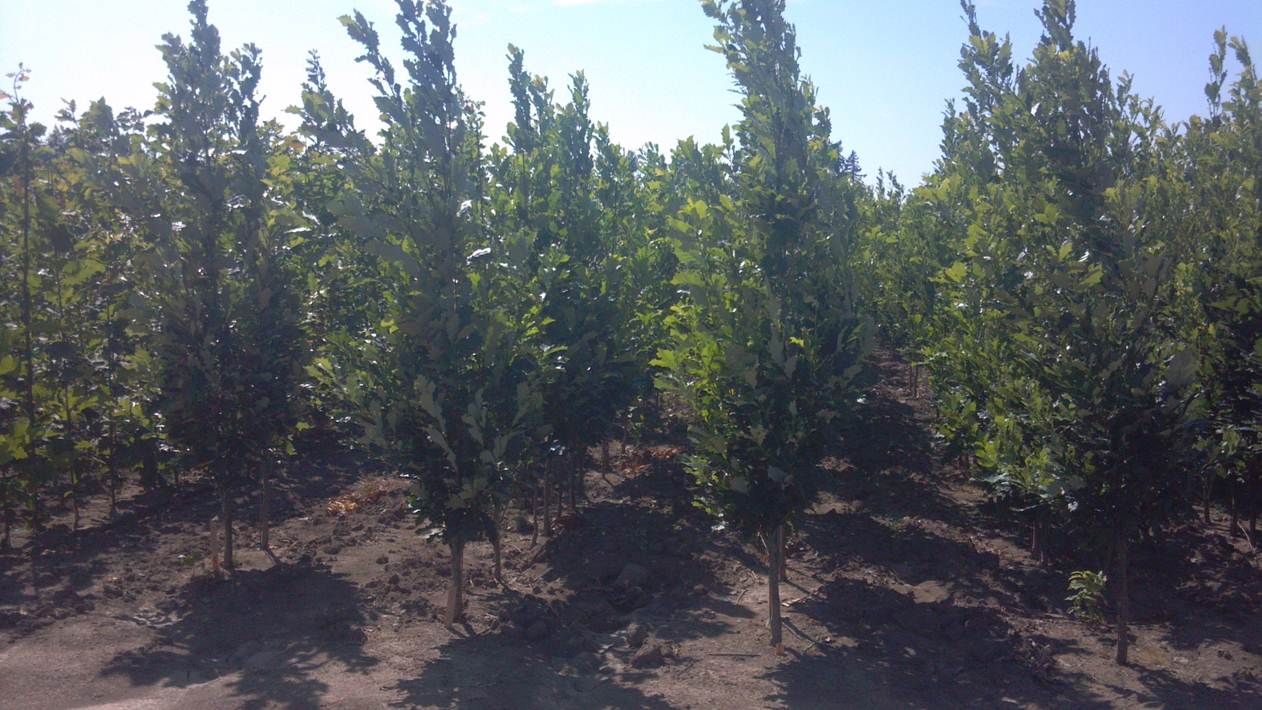
They are generally overcup oak crossed with white oak, the results is a fast growing tree with qualities from both parents. The overcup oak side provides the tree the ability to grow in the wettest sites and the property of the white oak allows it to grow up in hills and valleys. This option gives you a lot of choice in where you plant it, it’s been noted that the trees can grow from 8 to 9 feet per year. Its adaptability allows it to grow in acidic, alkaline, loamy, moist, sandy, well-drained and clay soils. Hybrid oak can be expected to grow in hardiness climate zones 7-10.
Hybrid Aspen
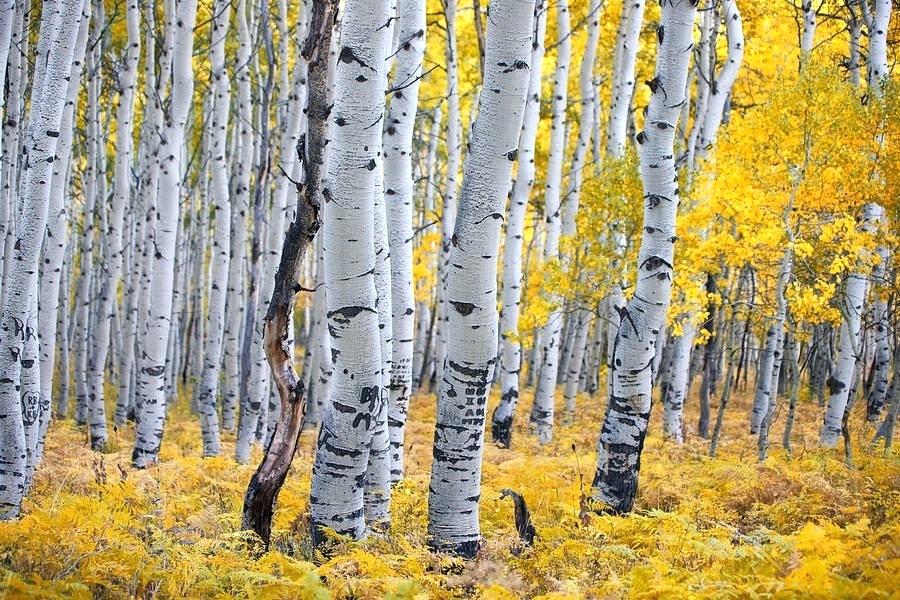
A mix between the European aspen and the North American trembling aspen. Aspen grows well in acidic, loamy, moist, sandy, well-drained and clay soils. Aspen grows well in a humid climate within zone 1-5. If the rainfall range from your area varies between 550 mm to 800 mm and your area’s annual temperature range is about 5 degrees Celsius, the hybrid aspen is a good choice for you. The growth rate for this is off the charts, in perfect condition you can expect more than 24 feet of growth per year.
Hybrid Willow
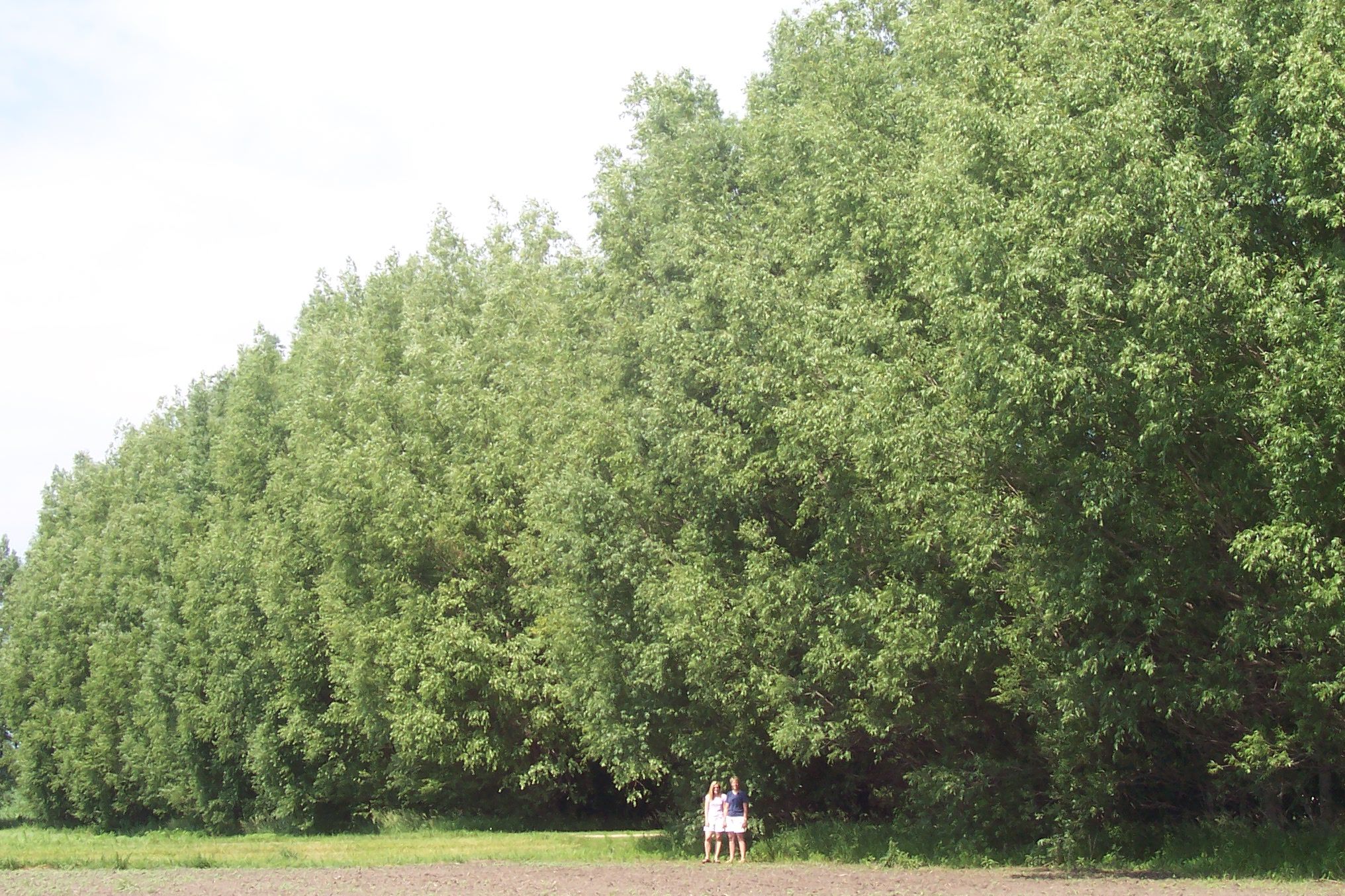
Also known as the Austree, Hybrid Willow grows thick foliage in a short amount of time. In an ideal condition, they can grow up to 12 feet per year but generally, it will grow 6-10 feet per year. Willows love water, they are often found near brooks, streams, and at shorelines in the wild. Therefore they will do best in an area of humid climate but will survive in climate zones 2-9. Soil types that are best for hybrid willow are sandy, rocky clay soils, as long as it’s kept moist.
Hybrid Eucalyptus
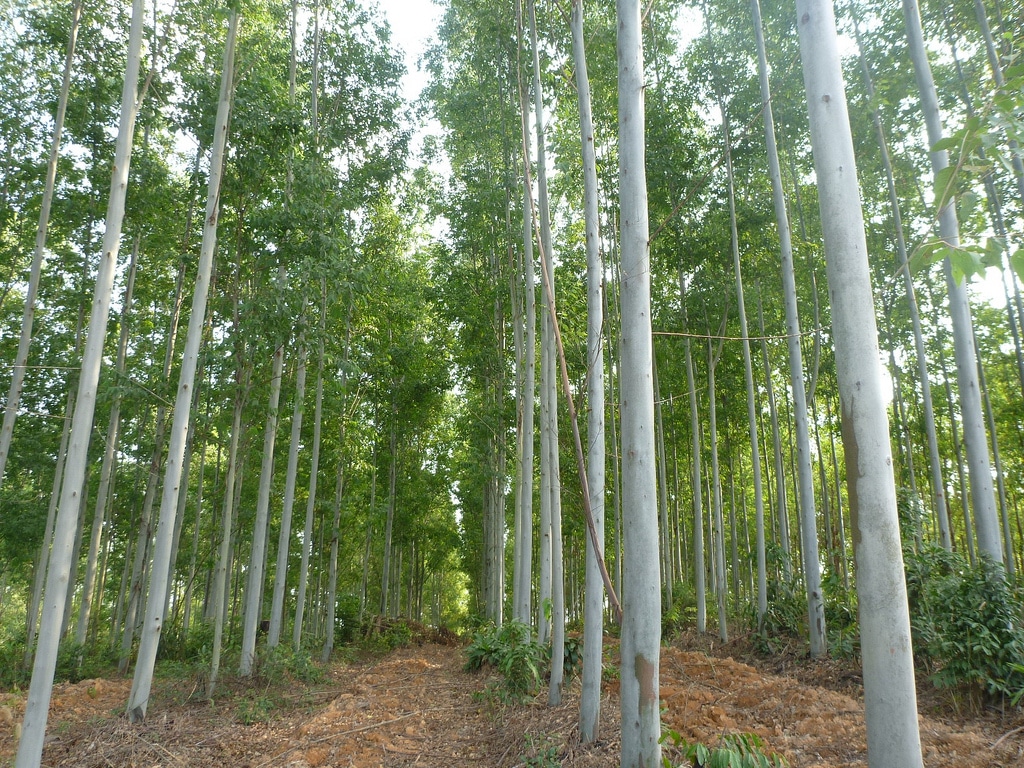
Hybrid Eucalyptus are often cloned, owners will pick the candidate with the best characteristics and multiply it, ensuring that all trees on the plantation have identical features and growth patterns. The hybrid Eucalyptus grows 30% faster than its regular counterpart, growing up to a stunning 16 feet per year. Eucalyptus can grow in a wide variety of soil conditions but requires deep, fertile, well-drained loamy soil (clay and sand containing humus) with adequate moisture for best growth. Can be expected to grow in climate zone 7-11.
Hybrid Fir
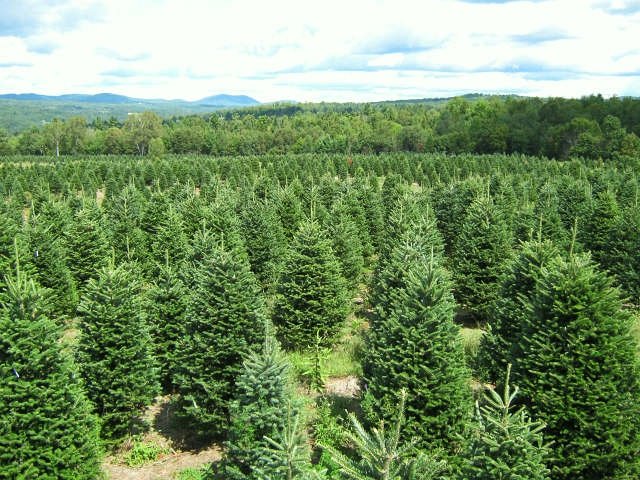
Most often seen as Christmas trees, this variety of hybrid fir has been developed and adapted to grow quickly with beautiful characteristics fitting for a tree to have inside your home during the holidays. Grows in climate zones 3-8 and is best planted while it’s dormant during late autumn. Fir trees have shallow root systems, they do well in rocky areas with thin soil. They prefer a mildly acidic, rocky, well-drained soil high in organic matter. Conifers generally grow slower, you can expect a growth rate of 2 feet per year for hybrid fir. However, Christmas tree farms are a good choice in North America where they can be quite lucrative.
Hybrid Thuja Green Giant
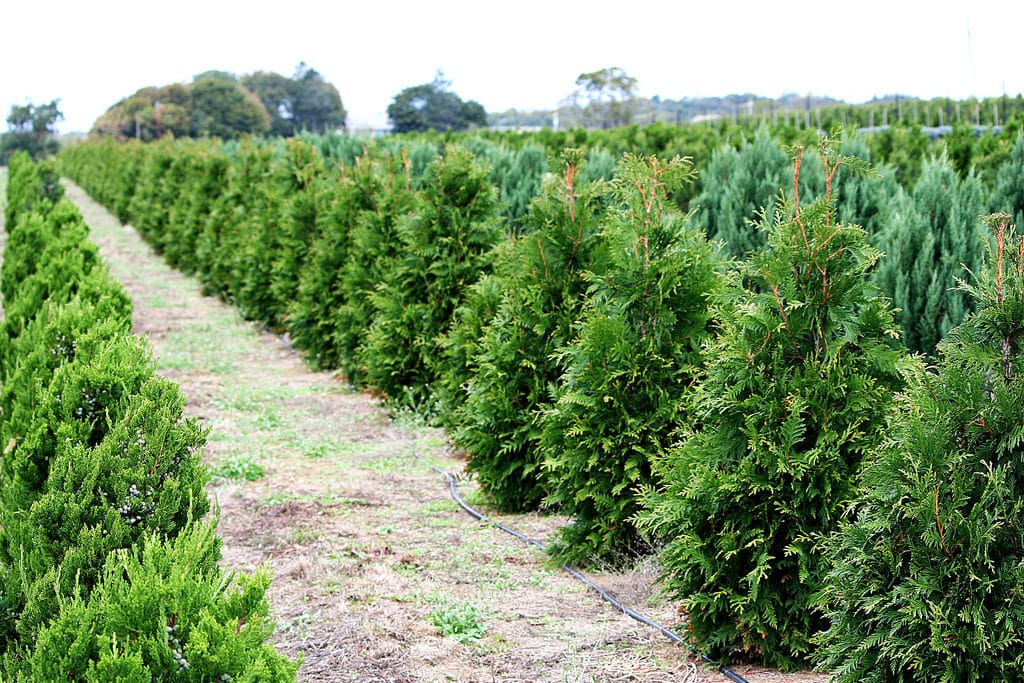
Thuja Green Giants are a cross between Japanese arborvitae and western red cedar. They tend to grow in conical structure and build dense foliage, perfect to be used as wind-break and privacy trees. Thuja green giant can be grown in climate zone 5-7. In perfect condition, they will grow up to 3 feet per year, which is quite fast for conifers. They are quite tolerable to a variety of soil types, although poorly drained or wet sites should be avoided. It has a sensitivity to salt, therefore, can’t be grown in saline soils.
Hybrid Rubber Tree
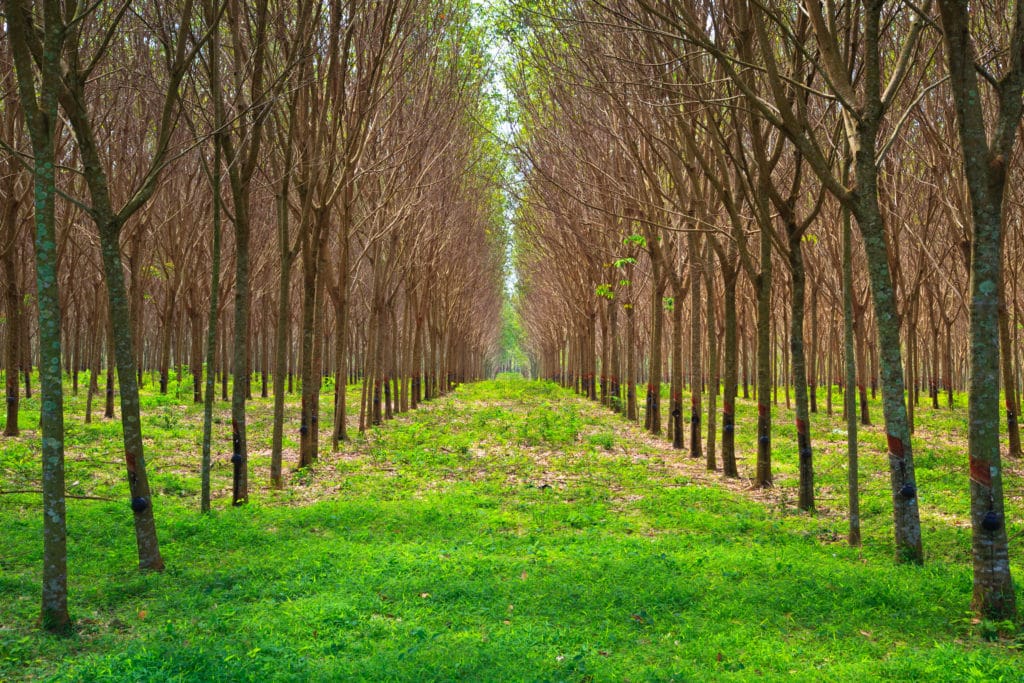
Rubber Trees are originally from hot regions, therefore you will be able to grow them only if your region is hot year long. Preferred climate zones are 9-11. Hybrid rubber trees are adaptable, they will grow in a variety of soil including clay, sand and loam soils. Hybrid Rubber trees are a quickly growing species, you can expect more than 24 inches of growth per growing season.
How Many Acres Do You Need to Start Tree Farm?

Starting a tree farm requires a good size of land. If you have a few acres, then you can start a tree farm.
Generally, you can grow from 1000 to 1500 trees per acre.
How many acres you want will depend on how many trees you project to plant. Different types of trees require different spacing, it’s important to know your trees well before deciding on how much land you need.
The minimum ideal size for tree farming is one acre. However, if you don’t have that size of land, you can lease one. If you consider leasing, let the lease period be at least 10 years so you have enough time to make good use of the land.
What kind of Preparation of Land do You Need to do Before Planting Tree Seeds or Seedlings?
When establishing a new tree farm certain actions need to be implemented to ensure long term success of the farm. One of those actions involves the initial land preparation which should be done prior to transplanting of the tree seedlings.
Land preparation is done with the aim of ensuring the land will provide the necessary soil conditions which will support healthy growth of tree seedlings received from a tree nursery.
Improper land preparation cannot enhance the successful establishment of young tree seedlings.
Seedlings require good soil that has adequate water, air and other essential nutrients that support the growth of healthy plants. When proper land preparation is done in advance, the tree farmer is able to ensure a successful establishment of the tree farm.
It is important to note that the initial land preparation also includes various critical planning forms which will help avoid unnecessary delays during the planting process. The critical factors include:
- Field selection & availability of water for irrigation
- Mechanical practices that are required in the planting process
- Tools and equipment needed for cultivation
- The required labour needs
- Chemical needs for soil improvement
- Hole preparation
- Financial requirement
Field Selection & Water Availability

The selection of the area where you want to establish you tree farm can influence the cost of land preparation. There are instances where farmers realize that certain areas are not viable to proceed with the establishment of a tree farm at all.
When selecting a field of the establishment of a tree farm, you need to ensure that there is the availability of water.
Water is an essential element required for the proper growth of any type of plant. The water available should also be sustainable and it should be of good quality.
Also, you need to consider the soil quality of a particular field. Various types of trees can grow in different types of soil. The soil quality is mainly related to its drainage capacity. A good quality soil should be able to retain adequate water and nutrients which enhance the healthy growth of plants.
During field selection, you need to consider the soil depth. The reason for this is that fully grown trees can be very tall and heavy. Therefore, they will require plenty of room for proper root development to support the trees.
Physical Land Preparation

Once you are done with field selection, it is now time to start the physical land preparation. Physical land preparation is the actual land preparation which now makes the land conducive for the growth of trees.
Physical land preparation involves several activities;
Mechanical Land Preparation

Mechanical land preparation is what really prepares the land for further detailed aspects of land preparation. In this initial land preparation, you will require relevant tools and equipment to go about the exercise, and it can take several days depending on the size of your land.
The various actions in this stage include:
- Bush clearing –Where you get rid of all the plants or bushes in the field.
- Removal of rocks or stones.
- Ripping off the land.
- Levelling the soil – This is done to achieve a uniform level of the soil.
Improvement of Soil

There are times when soil requires improvement to ensure that it is very suitable for growing of particular trees. Before you
One of the major soil improvement programmes is the application of organic matter on your land. Generally, most soils contain very low organic matter content. The application of organic matter helps improve soil fertility.
Organic matter also helps:
- Improve the water infiltration rate
- Improve water holding capacity
- Improve respiration of roots though enhanced crumb formation
- Lower crust formation.
- Inhibit the damage caused by alkalinity and enhance leaching of salts.
Soil improvement also involves addressing the salinity aspect of the soil. Here you need you to need to identify the source of salts and then cut off the source by probably creating a cut-off canal. Soil salinity can also be brought about by poor drainage, hence the application of organic matter will help improve drainage.
If there are excess salts in the soil, leaching programmes will be necessary to drain the excess salts.
Hole Preparation

The preparation of holes is one of the final practices before actual planting is done. This is where you dig the hole and at the same time, organic material is worked into the soil.
If you do not plan to hire a crew of tree planters, you can also do it yourself.
What You’ll Need:
You’ll need a planting harness, a pair of gloves, a planting shovel/tube planter, a good hat, and good boots.
Order Your Trees
Get in contact with a tree nursery and have the trees delivered to your land. They will come in plastic crates, for the next step you will need a planting harness. Take the trees out from each crate and load them into your harness pouches.
Planting Distances
Plant your first tree and make a visual line, take two steps forward and plant another. Your holes should be no less than 1.2m apart, a good range is between 1.5-2m, which is usually two normal steps. When you finish your line and start your second row, you can have a 2m distance between rows, later it will be easier for you to go between when the trees have grown.
Planting depth
When you make your hole, with the shovel or planter, make sure that it’s deep enough so the top part of the root is at least 1.5 inches below the soil. If you don’t respect that, the roots will easily dry and the tree won’t survive.
Compaction
Every time you make a hole and put your tree in it, the final step before moving on to the next tree is compaction. With your boot, press down on the soil around the tree to make sure the roots below are compacted. Air pockets will kill the tree.
What Kind of Equipment is Required?

There is various equipment that is required for a tree farm.
- Handcart – You will need one to help carry big loads easily. Handcarts are great for moving your seed, fertilizer, plants or other tools.
- Pruning shears – They are also important for trimming tiny tree branches.
- Planting Tools – You will also require a shovel, trowel and a hand cultivator for digging holes for the tree seedlings.
- Land Preparation Tools – You will need a good rake to do the initial land preparation. Afterwards, the leaves should be left alone since they can contribute to the land by acting as fertilizer and providing shelter for biodiversity.
- Tough gloves – You also need to protect your hands during planting or pruning.
- Proper Clothing – You will get dirty, wear some tough pants and long sleeve shirt. Knee pads are also a good idea.
- Safety Sunglasses – You will be spending hours in the sun. it’s important to have the proper protection.
Other large equipment, like tractors, are not always economical to buy, especially if you don’t have a large tree farm. You can always hire one. A tree farm, on the other, requires less maintenance, hence, fewer tools.
Factors to Properly Plant The Tree Seedlings

This is a critical phase in the establishment of a tree farm. You need to ensure you avoid making mistakes that can greatly lower the survival rate of the tree seedlings. During the planting operation, you should consider the plant spacing, time of planting and the planting depth.
The plant spacing should be sufficient enough to ensure every tree gets sunlight even when they become tall. Proper spacing ensures there is sufficient working space within the farm and there is sufficient room for root development.
- Proper planting operation starts with you being ready to plant the seedling after acquiring it from a seedling vendor or from your tree nursery bed. You should not let tree roots to dry out.
- Consider the proper planting times. Planting of tree seedlings should be done at the right time of the year. Mostly it should be done in early spring or in late winter. You should not plant your seedlings during summer because the excess heat can stress and dry out the roots.
- Ensure that the hole you dug is of proper depth. The depth should not be too shallow because the roots may dry out and the tree will become less stable. The key thing here is to ensure that the hole is deep enough to accommodate roots without twisting or breaking the roots. Proper depth ensures that the roots get sufficient oxygen and will be less exposed to potential diseases in the soil.
- Provide enough water to the planted seedlings. The water should be just enough to ensure the roots grow deeper and strong. The site of the seedling should not be wet.
- Do proper mulching which helps maintain moisture which important for the growth of the tree seedling.
What are the Growth Stages of Trees and How do You Properly Care for them in Each Stage?
The growth of trees begins with a seed that is often planted in a nursery where it competes with others for water, nutrients and space to grow.
1. Seedling

This is the first tree growth stage. Once the seed is placed into the ground, it then offshoots off the ground to become a seedling. The seedling should receive sufficient sunlight as it grows. As it begins to sprout, it is usually weak and most of its energy is used in developing roots and thicker stems. The seedling should be properly watered.
2. Primary Growth

This is the second stage of tree growth and is the period during which the tree starts to mature and develop stronger roots after it has been transplanted from the nursery to the field. In this stage, branches begin to develop and leaves start to form. Proper mulching should be done in order to retain sufficient moisture in the ground. The tree should also be protected from animals by fencing it.
3. Secondary Growth

This is the third stage of tree growth and the tree develops a larger trunk diameter. During this stage, the tree develops stronger and longer branches and it is filled out with twigs and leaves. The roots are becoming stronger and spread to provide a firmer and solid base to the tree. During this time, the tree farmer should prune all the excess twigs in order to ensure the tree grows stronger and taller. Prune off the lower limbs to keep the bottom of the crown above the human heads.
4. Maturity

Maturity is the final stage in tree growth. In this stage, the tree develops a substantial bark and it is very strong. The tree also begins producing seeds of reproduction and it reaches its full size. Look for dead or damaged limbs and prune them off.
What Choices Do You Have for Damage Prevention of Your Trees?

Venturing into a tree farm is great, but there are various things that could cause damage to your trees. However, there are practices that you can adopt in order to prevent damage to your trees. Here are several damage prevention practices.
- Proper pruning – Pruning is mainly done in the tree nursery in order to guide the architecture of the tree by creating a strong structure. Proper pruning and training of young, large-matured trees are crucial for future growth. These trees are likely to survive storms better and are likely to live longer than trees that are improperly pruned and trained.
- Fencing – Fencing individual trees help protect them from beaver gnawing. Fencing involves placing wire cylinders around the base of the tree trunks. This will effectively protect your trees such as the hybrid willow from beaver chewing.
- Cayenne pepper and oil –A mixture of cayenne pepper and mineral or vegetable oil can be painted on the tree trunks. This is a taste aversive tree protection that will help keep rodents like the beaver away.
- Biodegradable plastic tubes and net-shelters – This is a technique that is used to prevent damage by voles, hares and roe deer.
- Wrap your trees in burlap – Wrapping your trees with burlap gives them a shield against both deer and harsh weather and winds.
How do You Identify Pests and Disease Problems in Trees?

This applies to the tree farmers and tree owners alike. Whether you have planted shade trees or privacy trees you need to know how to identify pests and diseases in your trees.
To properly diagnose a pest or a disease problem, it is important to begin by contacting the Cooperative Extension Service of American Forestry Management in your state. They will offer the best assistance with home gardening or tree farm pest and disease questions and recommend the best products to use.
The first few years of tree growth are very critical for establishing a healthy tree. There are various signs of the poor health of trees which may include holes in barks, leaves and branches, yellow leaves, oozing sap and wilting foliage.
What Are The Benefits of Mixing Tree Species in Your Tree Farm?
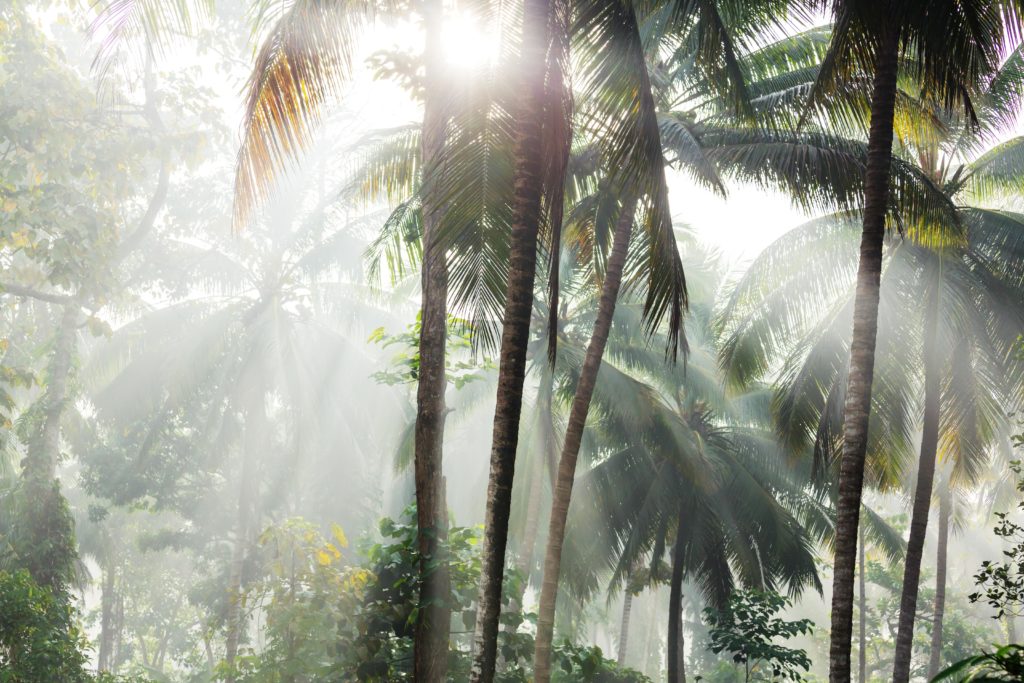
There are lots of species of hybrid trees out there. In most cases, we have seen tree farmers and people in the urban areas planting one tree species.
This is, in fact, a go thing to do when doing afforestation or simply planting trees for the love that we feel for them. Truth is, it is not the best option for nature.
We all understand what trees can do to our environment. Probably, a lot of people don’t really understand the deeper benefits of trees to our environment or the biodiversity.
Studies are always being done revolving around the relationship between a mixture of different tree species and biodiversity.
Today, tree farmers are now turning to plant a mixture of trees in their farms. They have started understanding the key role that different species of trees planted together in a farm play on biodiversity.
It is true to say that diversity is the main component of a healthy tree farm or forest.
Different tree species are susceptible to different pests and diseases which lead to different kinds of damages. Therefore, the more we plant different kinds of trees in a tree farm or a community, the less vulnerable the overall farm will be
Planting one kind of tree or trees that are closely related to your farm makes them more vulnerable to pests and diseases that affect that kind of trees.
The pests and diseases seem to spread so fast that the damage caused tends to be extensive and would require a lot of money to control them.
There have been recommendations made that in any tree farm not more than 5 per cent of trees should be of the same species, not more than 10 per cent should be from the same genus and not more than 15 per cent should be from the same family.
However, these recommendations may not always be followed, especially by farmers with smaller farms or those who are only interested in a particular species for making money.
We need to understand that our environment is a living system. A healthy system is able to fight off radicals or foreign things that are not required in the system, just like human bodies.
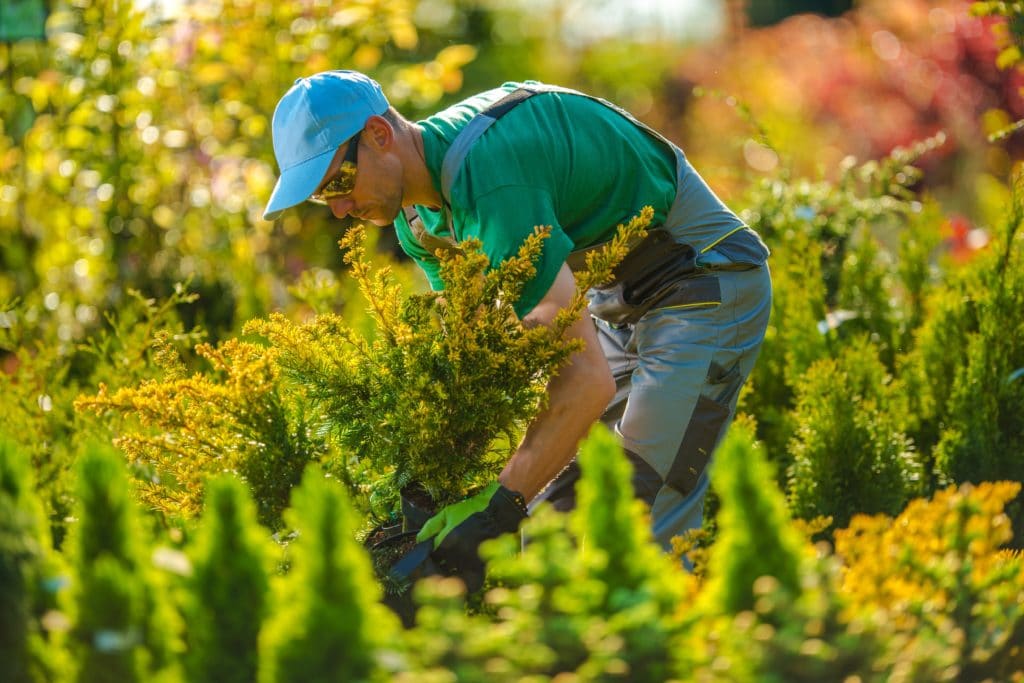
For the natural environment to thrive, it needs a strong and diverse level of flora and fauna- and this is where biodiversity actually comes in.
Trees do not only rely on biodiversity to stay healthy but also play a significant role in promoting it. Plenty of lives depend on trees. Think about squirrels, spiders, ants, birds, butterflies and fungi. Each of these species relies on trees to go about their daily lives.
If trees were not there, these general species would not have nutrients and shelter, hence they would not survive. As a matter of fact, we are dependent on a healthy environment for our own wellbeing, and the health of the environment is dependent on a diverse ecosystem.
Biodiversity displays interconnectedness where one part of the ecosystem depends on another part of the ecosystem, and it goes on and on. So one way to ensure that we have biodiversity is by planting a mix of tree species. We need to plant a good variety for that matter.
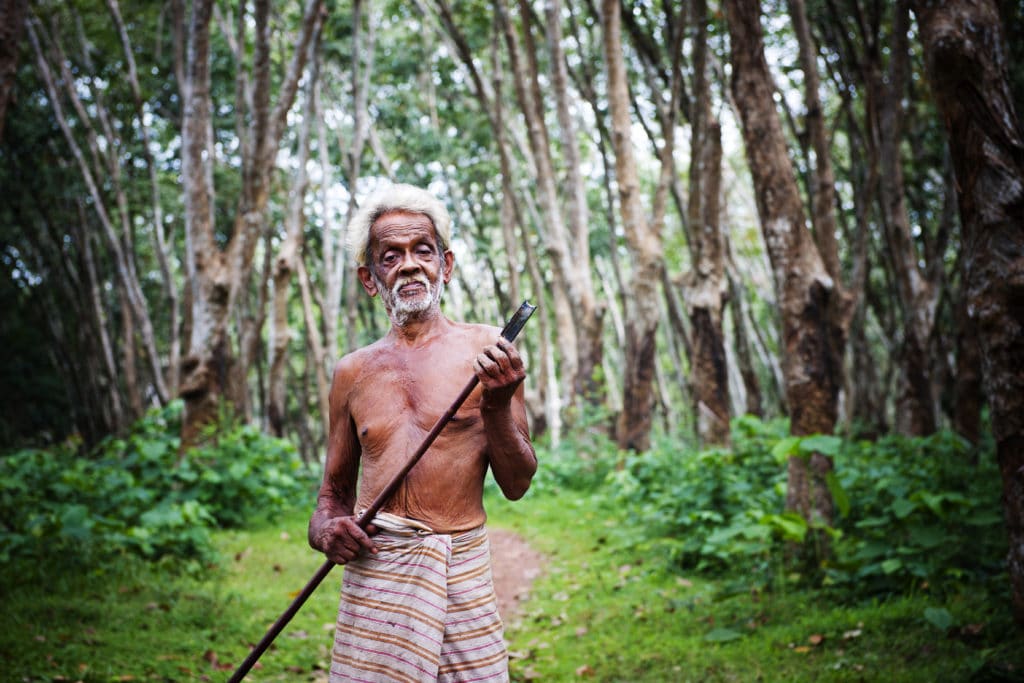
Also, this is an important thing you need to note:
Forests or tree farms that contain several different tree species could store twice as much as carbon as the average mono-culture farm, according to a research study looking at the carbon storage of forests in Southern China.
In the end, we do recommend planting a mix of tree species, instead of mono-culture, simply because it would simulate a real forest and would ensure biodiversity.
What is the Wildlife Value Provided by the Trees in Your Farm or Property?
Wildlife is better in an environment where trees provide food and shelter for them. When talking about wildlife value that is brought about by trees, we are actually talking about different species of wildlife which could include small mammals, birds, worms, butterflies and grazers.
There is a critical need for habitat in wildlife, and planting different tree species can help restore the needed habitat.
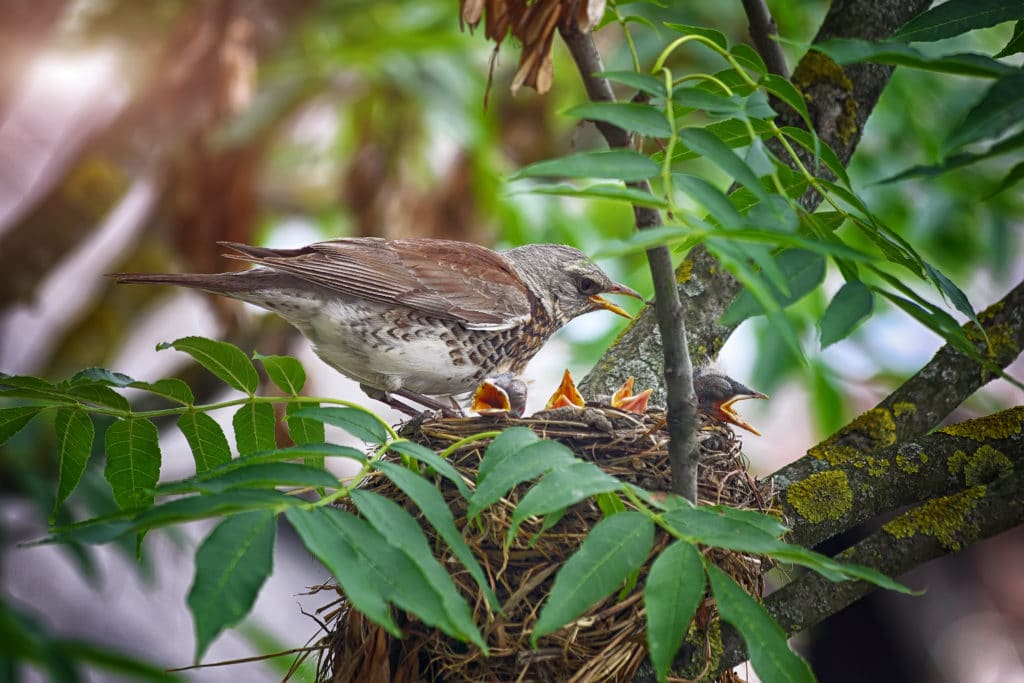
Different tree species attract a diversity of wildlife with food, shelter or nest sites they provide.
We need trees to live, so does wildlife. A squirrel or a moose would not appreciate being in an open space. Where will they get their food or shelter, anyway?
Human beings need trees to have fresh air and have the ability to reduce energy costs in their homes. We all want to walk in areas where there are trees forming a beautiful canopy and where we can spot some form of wildlife.
When trees attract wildlife by providing them with food and shelter, they help enhance growth and diversity.
Trees will create an environment that supports the growth of plants that otherwise would not be there.
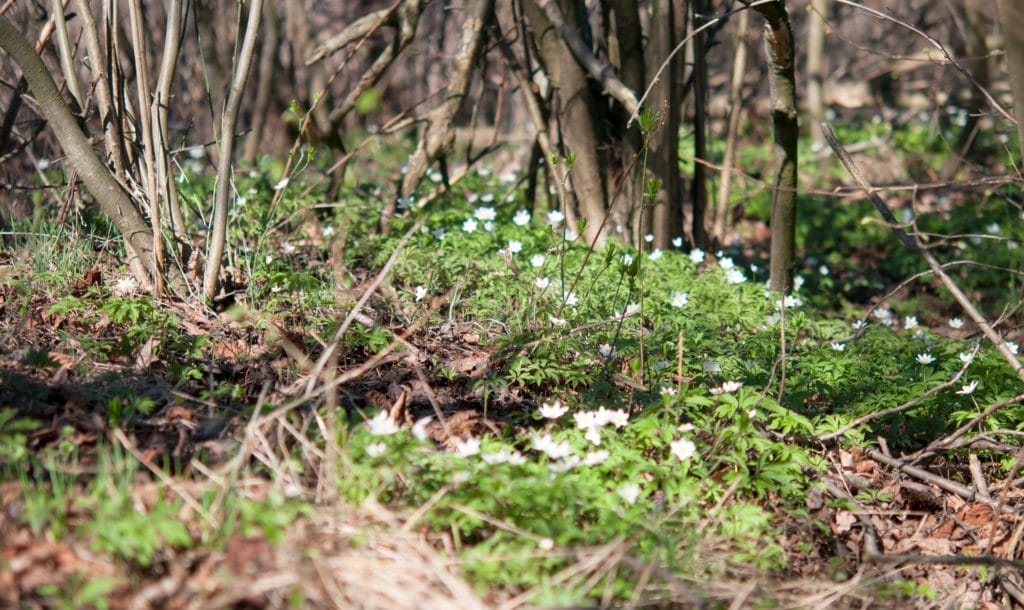
Animals are not the only wildlife attracted by trees. Trees can also bring about wildflowers on your farm or landscape. Wildflowers are beautiful and essential elements of woodland habitat.
It is always a delight to visit trees or the woods during spring. You will have the opportunity to enjoy spectacular views of spring flowers and bursts of wood anemones which form an intrinsic part of the ecosystem.
Different species of wildlife depend on different flowers, leaves woody parts and fruits of trees. Therefore they can find any or all of that in your farm or landscape, they will surely be attracted to it.
Different tree parts contain bacteria and fungi which cause decay that at the end, makes nesting easier for birds, increases soil fertility and, provides structure for furrowing by other animals.
Today, many people want to buy homes that have trees.
Places, where trees are numerous, tend to attract higher prices for homes than homes without.
Areas with trees have clean air and water and low levels of crime. Such areas have a more sense of community whereby they participate in tree planting programs because they understand the value of trees.
The leaf litter of trees is also good for wildlife in some way. The seasonal fall of leaves is part of natural recycling which allows nutrients to return into the soil. In the soil, the nutrients are absorbed by fungi and passed on to tree roots. Here you can see the role of fungi in trees.
Flying insects require pollen and nectar which is provided by flowering trees and shrubs. Nectar is a sugar solution that helps fuel flight in insects by providing them with immediate carbohydrate. Pollen, on the other hand, provides a high content of protein which is important for egg production in flower-visiting insects.
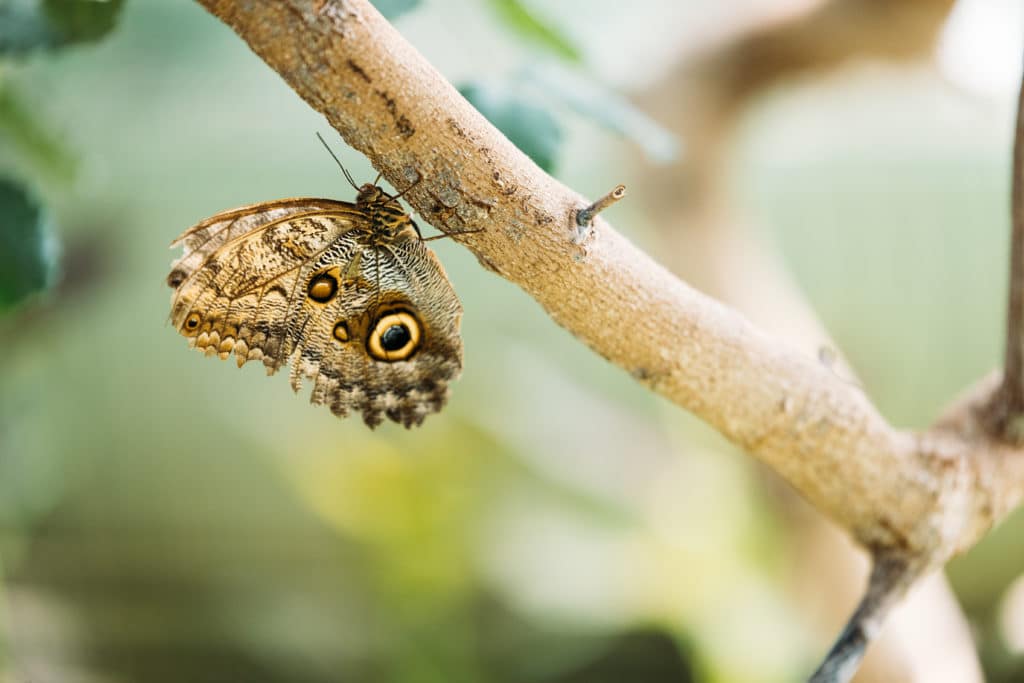
When your trees are flowering, they will always attract beautiful butterflies in your tree farm.
How Much Money is Required to Start a Hybrid Tree Farm in general?
Starting a tree farm requires capital. You need money to buy seedlings, and if you don’t have your own land, you need money to lease one. The price of seedlings varies depending on the type of trees you want to farm. Also if you need more seedlings, you will need more money.
Money to buy or lease the land is important. The price will depend on your area, the size and the quality of the location.
For materials and seedlings, having at least $2000 to start a tree farm on one acre is good. However, the costs could increase depending on the care that is needed on trees as they grow.
How Long Does it Take to Earn a Profit from a Hybrid Tree Plantation?
Different types of trees take different times to mature enough for sale or generate money for you.
Generally, there are trees that you can start profiting from as early as 4 years.
Others can take as much as 10 to 20 years before you start getting profits.
Hybrid poplar, for example, is one of the fastest growing trees in North America. You can start getting a profit from a hybrid poplar tree farm in the 12th year.
Okay, I’m starting a Hybrid Tree Farm. What’s the Process of Selling the Trees?
Trees are a great investment, however, they are a long-term investment, thus calls for your patience. If you are looking for a venture to make quick money, tree farming is not for you. Trees, however, can be sold in different growth stages.
There are different types of tree farmers:
1) – There are those who plant tree seeds in a nursery in order to have tree seedlings.
These farmers then sell the tree seedlings to other tree farmers to plant in their farms. Planting tree seeds can be done by any farmer who is committed to all the operations and care needed by tree seedlings. The tree seedlings are usually transplanted to the intended tree plantation.
2) – Those that grow and sell medium sized trees.
The medium-sized trees are usually sold to landscaping companies that have been contracted to plant trees in the city or urban areas. The medium sized trees do not require extensive care since they have already adapted to the outside world. They are able to pick up very fast and continue with their growth.
3) – Those that grow trees for timber
Trees can also be sold when they are fully grown or mature for timber. Farmers who grow trees for wood find this a more valuable venture than trees grown in a yard.
When you are looking forward to selling your matured trees, you might want to contact a professional forestry consultant. A professional forestry consultant will help ensure your sale of timber will be financially and ecologically successful.
Also, a professional forester will help you prepare an accurate inventory of the trees to be offered for sale including species, number of trees, volume, quality and the estimated value of the trees.
They have a vast knowledge of the timber value, markets and buyers. Therefore, he or she will monitor the entire harvesting process to ensure your satisfaction.
There are two ways of selling matured trees for timber.
- First – You may choose to harvest your own timber and sell it when it’s cut already in terms of saw logs, posts, poles or veneer.
- Second – You can sell the standing matured trees whereby the buyer will cut and haul them.
Most sellers of matured trees often end up getting very low prices lower than the market prices at that because they don’t really understand the selling process.
Therefore, if you are a novice interested in selling your trees, it is important to hire the services of a professional forestry consultant.
What Kind of Legislation is Common for Tree Farm Certification?
As a tree farmer, you want to do right by your farm. Before you even get to tree farming, you need to be aware of all the certification that you need.
You need to make sure that your tree farm is legal by following laws and the regulations set by your local government.
The most important certification that you need is the American Tree Farm System (ATFS) which recognizes and validates the tree farm owners. ATFS certification is internationally recognized. Also, you should consult with the local authorities and get to know the kind of certification that you need from them.
Conclusion
The quantity of land available in Canada and the
This guide equips you with all the required knowledge to successfully build your own tree farm using hybrid trees.
We would love for you to bookmark and refer to it as a resource, (bookmark it now!) and be sure to join the community. Help us expand this guide with your knowledge and experience.
You know what to do, just contact us!
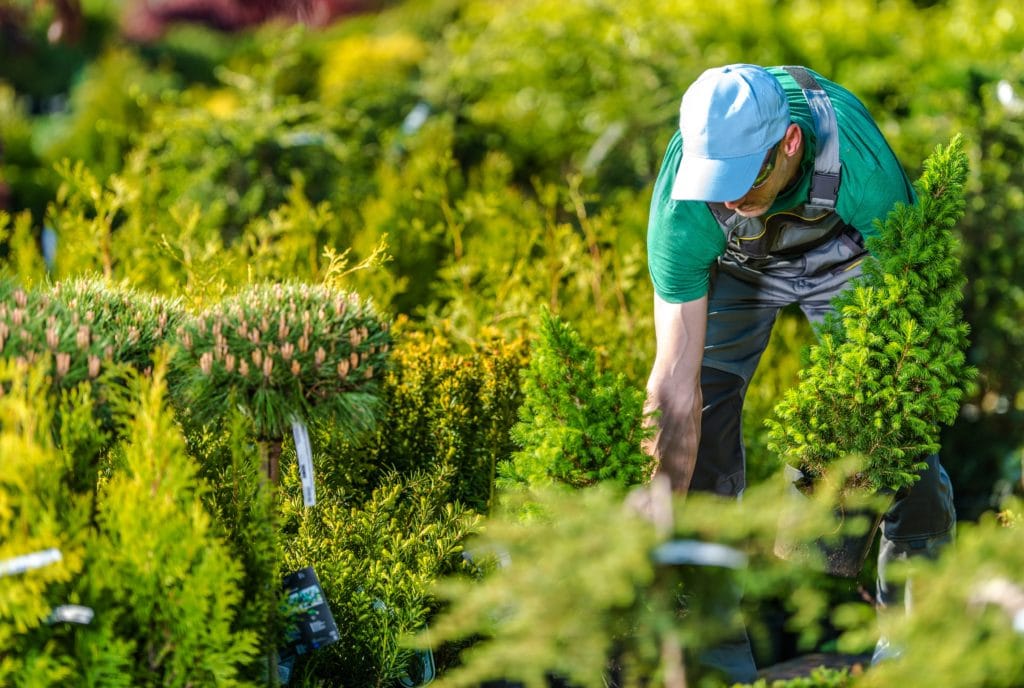
If you enjoyed reading this article you might enjoy this one too:
Sustainable Heat – How Eco Friendly Are Wood Burning Stoves?

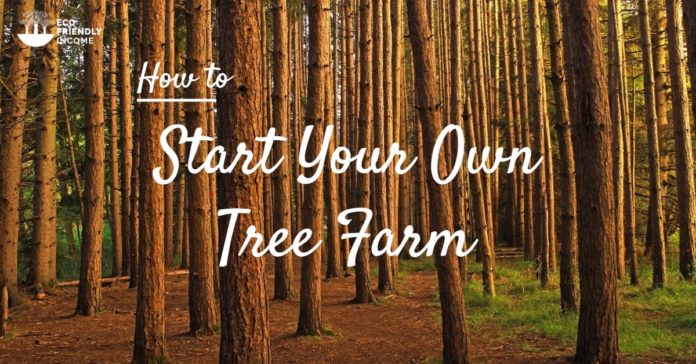
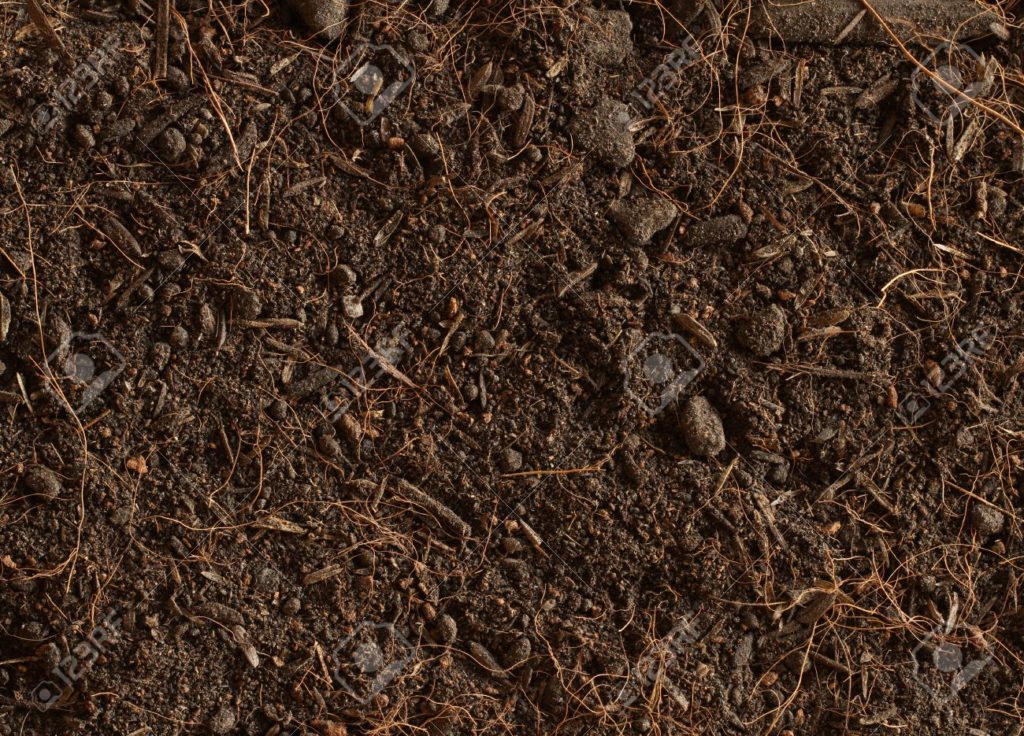
Hello, I want to work in your company on a voluntary basis, can you offer me anything?
Hi Karen, we have many projects in the works and would gladly accept volunteers. What specifically are you looking to do?